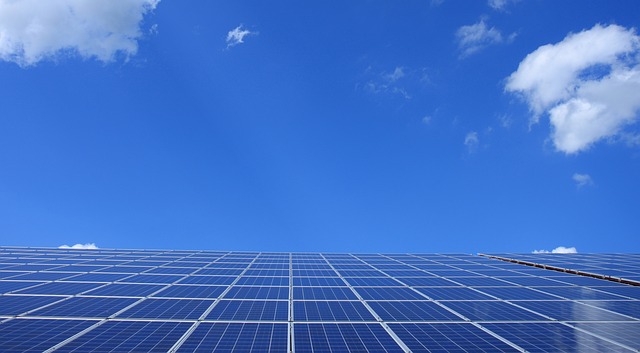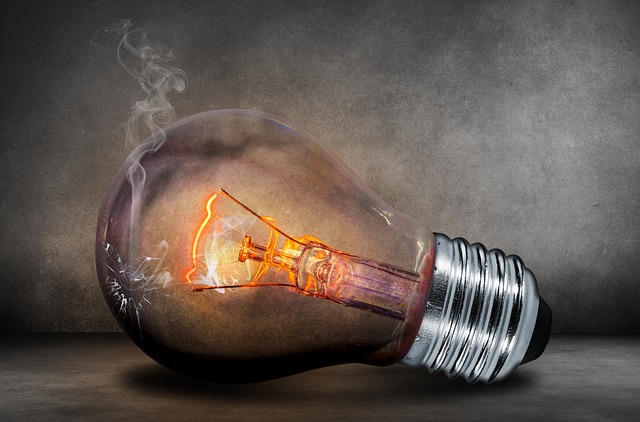Photovoltaics is a form of solar energy that works by converting sunlight into electricity. In recent years, photovoltaics has become one of the fastest growing energy sources and has become an important part of the global energy mix. In this guide, we will explore the reasons why photovoltaics is a sensible and sustainable investment.
- Climate change and pollution
Climate change and pollution are two of the biggest challenges we face today. Fossil fuels such as coal, oil and gas are major sources of greenhouse gas emissions that contribute to global warming and pollute our environment. Photovoltaic is a clean energy source that does not produce greenhouse gas emissions and therefore makes a significant contribution to protecting the environment. By installing photovoltaic systems, you can reduce your carbon footprint and help to reduce the impact of climate change.
- Independence from energy suppliers
One of the biggest advantages of photovoltaics is its independence from energy suppliers. Most energy suppliers get their electricity from fossil fuels and therefore have fluctuations in energy prices and dependencies on other countries. With photovoltaic systems, however, you can produce your own energy and become independent of energy suppliers. Furthermore, you can earn money by feeding the surplus electricity into the grid or store the surplus electricity and use it later.
- Cost savings
Another attraction of photovoltaics is the possibility of long-term cost savings. Although the initial investment in photovoltaic systems is still relatively high, the cost of installation has fallen significantly in recent years. In addition, there are now a large number of subsidy programmes and tax benefits that support the use of photovoltaic systems. In addition, by saving on energy costs over time, you can recoup your money and even make a profit in the long term.
- Technological advances
Photovoltaic technology has made enormous strides in recent years. The efficiency of photovoltaic systems has improved and prices have fallen. In addition, there is now a wide range of photovoltaic products suitable for different applications. For example, there are solar modules that are specially designed for use on roofs or in areas with limited space.
- Contribution to the local economy
Photovoltaic systems also offer an important contribution to the local economy. The installation of photovoltaic systems requires local labour and services, which contributes to job creation.
What are the costs?
The cost of a photovoltaic system depends on various factors, such as the size of the system, the quality of the components and the type of installation. In general, however, it can be said that the cost of a photovoltaic system has dropped significantly in recent years.
The cost of an average photovoltaic system can range from 5,000 euros to 15,000 euros. However, this depends heavily on the size of the system, which in turn depends on the amount of electricity required. A small system that generates about 1-2 kWp of power and is used for self-consumption can be installed for as little as 5,000 euros. For a larger system that generates more than 10 kWp of power and also feeds electricity into the grid, the costs can be up to 15,000 euros or more.
However, it is important to note that the cost of a photovoltaic system often depends on government subsidies and tax benefits. In many countries there are special subsidy programmes or tax benefits that can support the purchase and installation of photovoltaic systems and reduce the costs. It is therefore advisable to find out about possible subsidies and tax benefits before purchasing a photovoltaic system.
In addition, there is also the option of leasing or renting a photovoltaic system, which reduces the initial costs. However, with these options it should be noted that one has higher costs in the long term than with a purchase of the system. It is therefore advisable to carefully weigh up the advantages and disadvantages of leasing or renting options compared to buying.
When does a system pay for itself?
The payback period for a photovoltaic system depends on various factors, such as the size of the system, the efficiency of the modules, the quality of the components and the level of electricity prices. In general, however, it can be said that a photovoltaic system is usually amortised between 7 and 12 years.
This means that the savings in electricity costs achieved through the use of the photovoltaic system usually offset the costs of purchasing and installing the system within this period. After the payback period, you can then achieve long-term savings in electricity costs and possibly even make a profit from selling the surplus electricity.
However, it is important to note that the payback period depends on many factors and can therefore vary from case to case. Careful planning and advice from a qualified expert can help optimise the payback period and maximise long-term savings.


